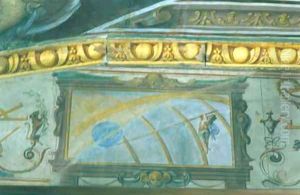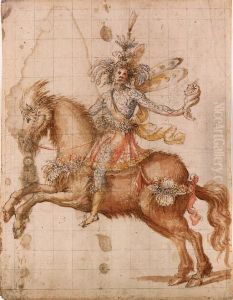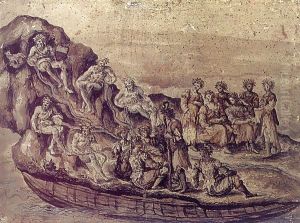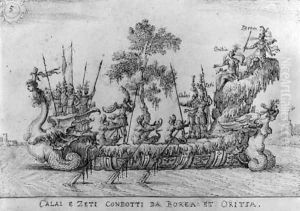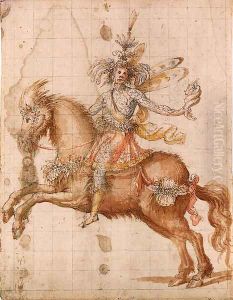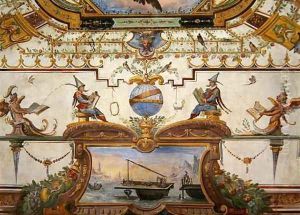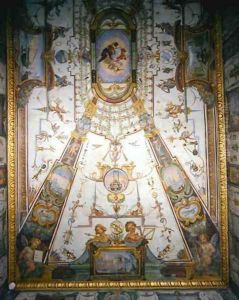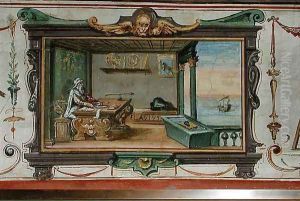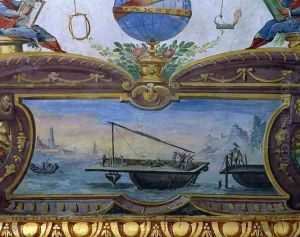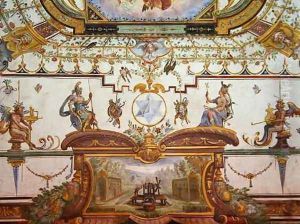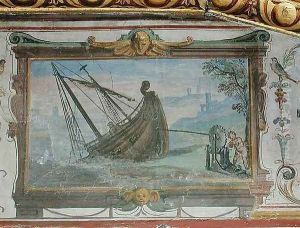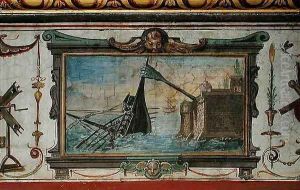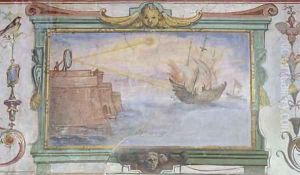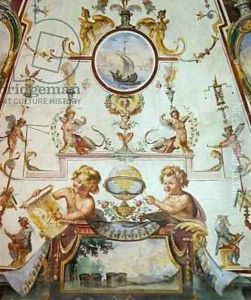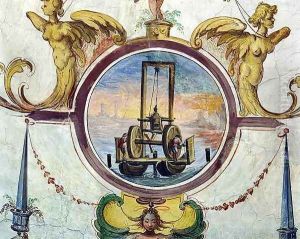Giulio Parigi Paintings
Giulio Parigi was an Italian architect and designer, renowned for his contributions to architecture and stage design in the late Renaissance and early Baroque periods. Born in Florence, Italy, in 1571, Parigi was part of a family deeply involved in the arts; his father, Alfonso Parigi the Elder, was also a notable architect of his time. This familial background provided Giulio with a fertile ground for developing his artistic talents from a young age.
Giulio Parigi's work is distinguished by its innovative use of space and light, which he skillfully incorporated into both his architectural and theatrical designs. He was significantly influenced by the work of Bernardo Buontalenti, a previous generation architect and designer, and he further developed those ideas, blending them with his own unique vision. Parigi's architectural style is noted for its blend of classical elements with the emerging Baroque sensibility, marking a transition in the architectural landscape of Florence and beyond.
One of Parigi's most significant contributions to architecture is the design and completion of the Boboli Gardens' layout in Florence. These gardens are a prime example of Italian Renaissance garden design, showcasing his mastery in creating complex, geometrically arranged landscapes that are both aesthetically pleasing and functionally innovative. His work on the gardens included the design of the Isolotto, an oval-shaped island within a pond, which is one of the garden's most famous features.
In addition to his architectural endeavors, Giulio Parigi was also a pioneering figure in the world of stage design. He worked extensively for the Medici court, designing sets for numerous courtly entertainments, which were lavish productions involving music, dance, and drama. His stage designs were innovative for their use of perspective and mechanical devices to create dynamic and transformative scenes, contributing significantly to the development of Baroque theatrical design.
Parigi's legacy is not only in the structures and designs he left behind but also in his influence on subsequent generations of architects and designers. His work reflects a pivotal moment in the history of art, where the rigidity of Renaissance forms began to give way to the more fluid and dynamic expressions of the Baroque. Giulio Parigi died in Florence in 1635, leaving behind a body of work that continues to be studied and admired for its creativity and ingenuity.
